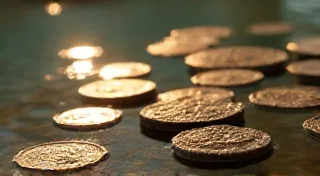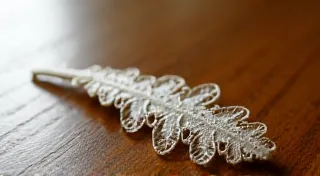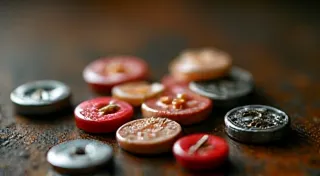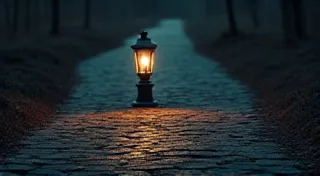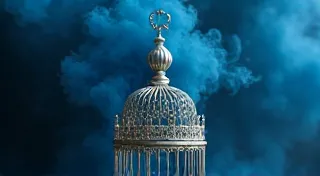The Artist’s Hand: Identifying Regional Styles in Victorian Hair Art
There's a certain melancholy beauty inherent in Victorian hair art. It's not merely the unusual medium – human hair, carefully entwined and woven – but the profound sense of remembrance and dedication it embodies. Each piece is a tangible expression of grief, love, and familial connection, painstakingly created in a time before readily available photography. While we often speak of "Victorian hair art" as a singular phenomenon, the truth is far richer and more nuanced. The artistic landscape was a patchwork of regional traditions, influenced by local customs, available materials, and the personalities of the artists themselves. Identifying these regional styles offers a deeper appreciation for the craft and a fascinating glimpse into the lives of those who created and treasured these exquisite keepsakes.
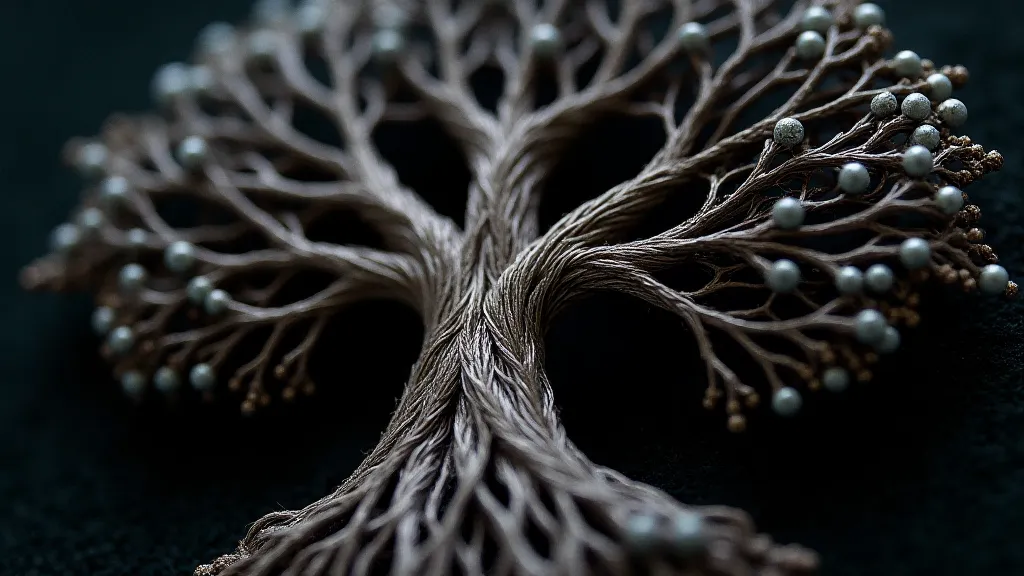
The English Tradition: Formal Elegance and Botanical Motifs
England, as the heart of the Victorian era, established many of the core conventions of hair art. English hairwork is often characterized by a formal elegance. Floral motifs – roses, forget-me-nots, lilies – were exceptionally popular, symbolizing remembrance and enduring love. You’ll find a preference for tighter weaves and a more structured approach, with patterns often mimicking popular textiles and embroidery techniques of the time. Artists in affluent areas like London and the surrounding counties often used lighter shades of hair, achieved through careful bleaching or incorporating hair from individuals with fairer complexions. The quality of the framing – often gold or silver – was frequently impeccable, reflecting the status of the family commissioning the piece.
I remember once assisting my grandmother, a passionate antique collector, as she carefully examined a small, oval hair locket. The hairwork was astonishingly precise, forming a tiny spray of heather. "This," she whispered, her voice full of reverence, "is likely from the Scottish borders. The detail... the artistry... it’s simply remarkable." It was a moment that truly cemented my fascination with the subject. The subtle differences between English and Scottish hairwork, she explained, were often in the "feel" – a looseness and a certain rustic charm characteristic of the Scottish style.
Scottish Hair Art: A Touch of the Highlands
While sharing a common foundation with the English tradition, Scottish hairwork possesses a distinct character. The landscapes of the Highlands – the rugged beauty of the moors, the wildness of the coast – seem to seep into the artistry. There’s a tendency towards looser weaves, allowing the natural texture of the hair to be more visible. Thistles, shamrocks (reflecting the influence of Irish families in Scotland), and native wildflowers often feature prominently. Colors tended to be darker, reflecting the prevalent hair color of the population, and the pieces often felt less polished, more "earthy" in their aesthetic.
The influence of clan traditions also played a part. Family crests were sometimes incorporated into the designs, and certain color combinations might have held symbolic significance within specific clans. While precise documentation is scarce, anecdotal evidence from family histories and local archives suggests that distinct "house styles" existed within certain regions of Scotland, passed down through generations of women.
Continental Variations: France and Germany
Across the Channel, in France and Germany, hair art took on its own unique flavor. French hairwork, particularly during the Empire and Restoration periods, often exhibited a lightness and delicacy not always seen in English pieces. The influence of the Rococo style lingered, with asymmetrical designs and a greater emphasis on flowing lines. German hairwork, while sharing some similarities to the English tradition, sometimes incorporated elements of folk art and regional craftsmanship. The availability of different types of framing materials – often less expensive than gold or silver – also contributed to the distinct appearance of German hair art.
One intriguing difference is the use of colored hair. While English artists largely adhered to natural hair colors, French and German artists were sometimes more willing to incorporate dyed hair to achieve specific color effects or to create more elaborate patterns. This practice, however, wasn’t universal and depended heavily on the individual artist and the client's preferences.
Identifying Regional Nuances: A Collector's Eye
So, how can you begin to identify regional styles when examining a piece of Victorian hair art? Consider these key indicators:
- Color Palette: Lighter hair and brighter colors generally point towards England or France, while darker, more muted tones often suggest Scotland or Germany.
- Weave Style: Tight, precise weaves are common in England, while looser, more textured weaves are characteristic of Scotland.
- Motifs: While floral motifs are widespread, the specific types of flowers and other symbols can provide clues. Thistles suggest Scotland, shamrocks suggest Irish influence, and forget-me-nots are popular across the board.
- Framing Materials: The type of metal or other material used for the framing can also provide clues about the region of origin and the family's social standing.
- Overall Aesthetic: Pay attention to the overall “feel” of the piece. Is it formal and elegant, or more rustic and charming?
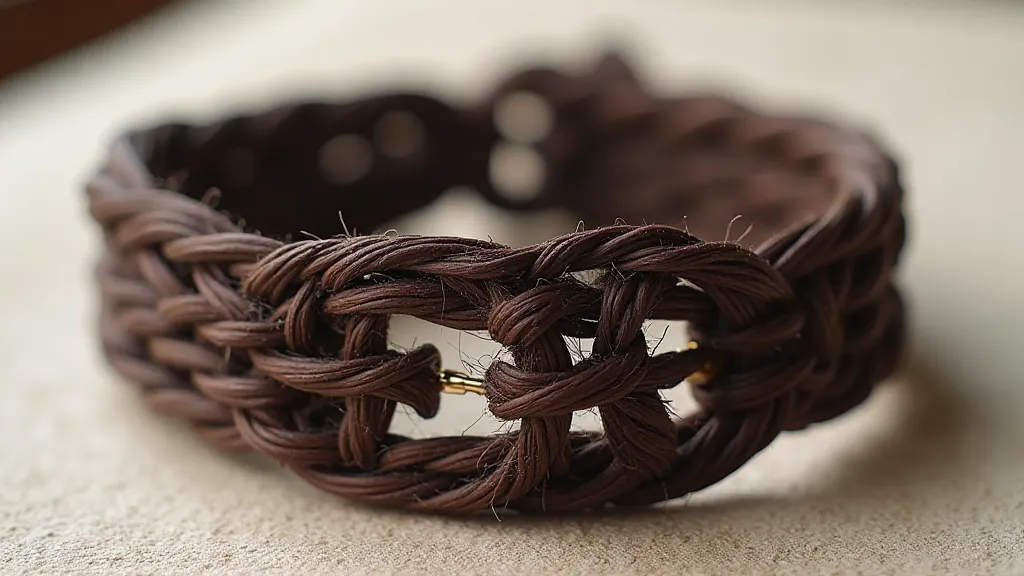
Preservation and Appreciation
These exquisite pieces are fragile. Proper preservation is essential. Avoid direct sunlight, excessive humidity, and harsh cleaning chemicals. A gentle dusting with a soft brush is usually sufficient. If a piece is particularly valuable or delicate, consulting with a professional conservator is highly recommended.
Beyond their monetary value, these pieces of hair art offer a profound connection to the past. They are tangible reminders of the grief, love, and familial bonds that shaped Victorian society. By understanding the regional variations in styles and techniques, we can deepen our appreciation for the artistry and the human stories woven into each piece. Each piece isn't just a craft; it's a whispered legacy, an enduring testament to the power of memory and the enduring human desire to remember those we have lost.
